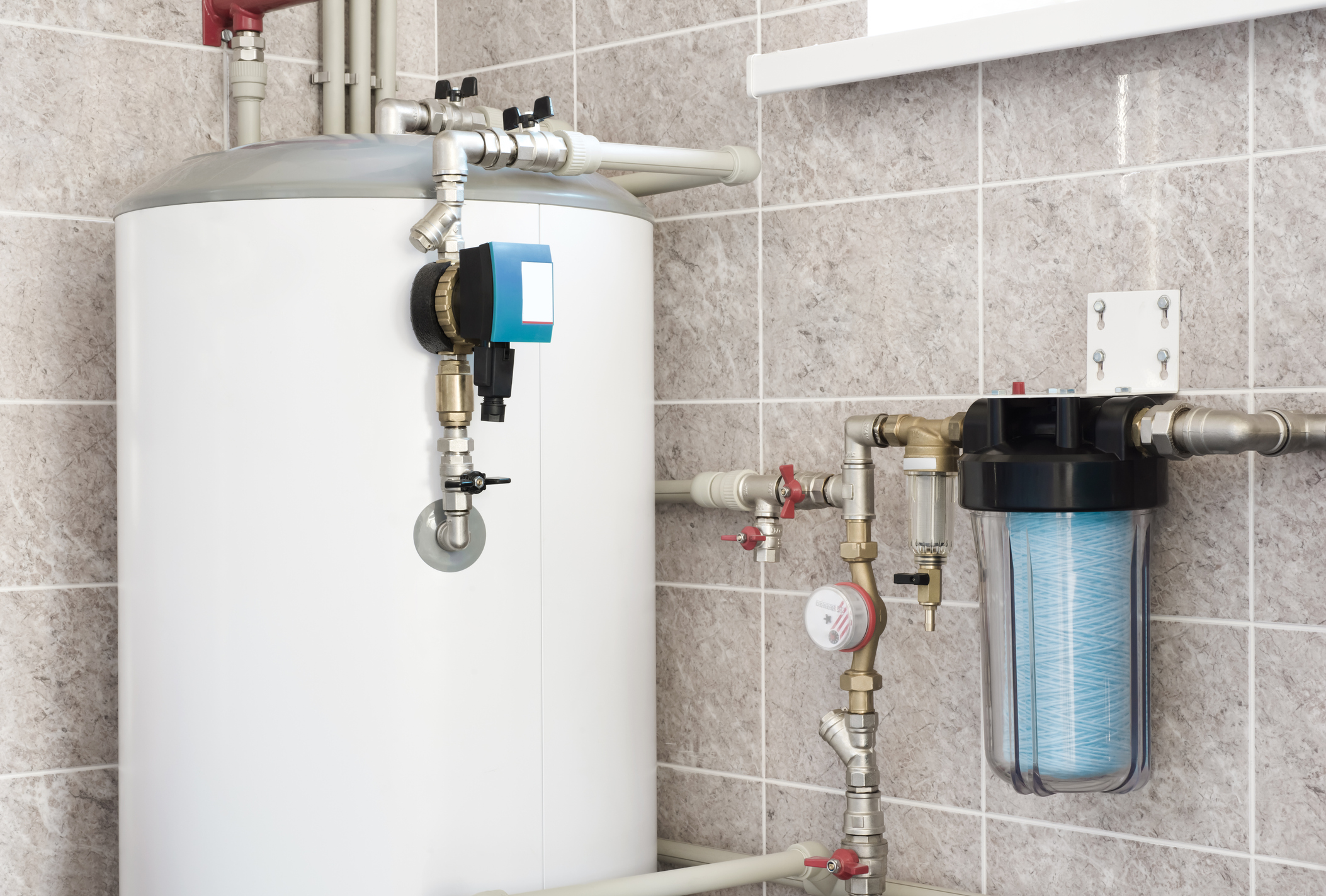How to Keep Your Home's Hot Water System in Good Condition
How to Keep Your Home's Hot Water System in Good Condition
Blog Article
In this article below you might get some quality points relating to Tips For Maintaining Your Hot Water Heater.

Warm water is essential for daily convenience, whether it's for a refreshing shower or washing recipes. To guarantee your hot water system runs efficiently and lasts much longer, normal maintenance is crucial. This short article provides practical pointers and understandings on how to keep your home's hot water system to stay clear of interruptions and costly fixings.
Introduction
Maintaining your home's warm water system may appear overwhelming, however with a few basic steps, you can guarantee it operates smoothly for years ahead. This guide covers every little thing from comprehending your hot water system to do it yourself maintenance pointers and recognizing when to call specialist aid.
Importance of Preserving Your Hot Water System
Regular maintenance not only prolongs the life expectancy of your hot water system however also ensures it operates effectively. Overlooking maintenance can bring about decreased efficiency, higher energy bills, and even early failure of the system.
Signs Your Warm Water System Needs Maintenance
Recognizing when your hot water system needs focus can avoid major concerns. Watch out for indicators such as inconsistent water temperature level, strange sounds from the heater, or rustic water.
Recognizing Your Hot Water System
Prior to diving right into maintenance jobs, it's valuable to comprehend the basic elements of your hot water system. Commonly, this includes the hot water heater itself, pipes, anode rods, and temperature controls.
Month-to-month Maintenance Tasks
Routine regular monthly checks can help catch small concerns before they intensify.
Purging the Water Heater
Flushing your hot water heater gets rid of debris buildup, enhancing effectiveness and lengthening its life.
Checking and Changing Anode Rods
Anode poles prevent deterioration inside the container. Checking and changing them when broken is essential.
Checking and Readjusting Temperature Level Setups
Adjusting the temperature setups makes certain ideal performance and security.
DIY Tips for Upkeep
You can do numerous upkeep jobs on your own to maintain your warm water system in leading condition.
Checking for Leaks
On a regular basis inspect pipes and connections for leaks, as these can lead to water damage and greater bills.
Examining Pressure Alleviation Valves
Testing the stress relief valve ensures it operates correctly and avoids extreme pressure build-up.
Insulating Pipes
Shielding warm water pipes reduces warmth loss and can conserve energy.
When to Call a Professional
While DIY upkeep is valuable, some problems need specialist expertise.
Facility Concerns Calling For Specialist Aid
Examples include significant leaks, electrical issues, or if your hot water heater is consistently underperforming.
Routine Expert Maintenance Benefits
Professional maintenance can include comprehensive evaluations, tune-ups, and making sure compliance with security requirements.
Conclusion
Regular upkeep of your home's hot water system is essential for performance, durability, and price savings. By following these tips and understanding when to look for specialist help, you can make sure a trusted supply of warm water without unanticipated interruptions.
How to Maintain an Instant Hot Water Heater
Before tinkering with your hot water heater, make sure that it’s not powered on. You also have to turn off the main circuit breaker and shut off the main gas line to prevent accidents. Also turn off the water valves connected to your unit to prevent water from flowing into and out of the appliance. 2. When you’re done, you have to detach the purge valves’ caps. These look like the letter “T†and are situated on either side of the water valves. Doing so will release any pressure that has accumulated inside the valves while at the same time avoid hot water from shooting out and burning your skin. 3. When the purge valves’ caps are removed, you have to connect your hosing lines to the valves. Your unit should have come with three hoses but if it didn’t, you can purchase these things from any hardware or home repair shops. You can also get them from retail stores that sell water heating systems. Read the user’s manual and follow it to complete this task properly. When the hosing lines are connected, open the purge port’s valves. 4. You should never use harsh chemical cleaners or solutions when cleaning your unit. Make use of white vinegar instead. It should be undiluted and you’ll probably use about 2 gallons. 5. Now flush your water heater. This task should probably take about 40 minutes. We can’t give you specific directions for this because the procedure is carried out depending on the type, model and brand of your heater. With that being said, refer to the user’s manual. 6. When you’re done draining the unit, you have to turn off the purge port valves again. Remove the hosing lines that you earlier installed on each of the water valves. Put the valve caps (purge port) back in their respective places and be very careful so as not to damage the rubber discs that are found inside these caps. 7. Now that everything’s back in place, check your user’s manual again to find out how to reactivate your water heating system. 8. Once it is working, turn one of your hot water faucets on just to let air pass through the heater’s water supply pipes. Leave the tap on until water flows smoothly out of it. https://www.orrplumbing.com/blog/2014/september/how-to-maintain-an-instant-hot-water-heater/

As a serious person who reads on Tips For Maintaining Your Hot Water Heater, I figured sharing that piece of content was worth the trouble. Are you aware of anybody else who is looking into the subject? Feel free to share it. We truly appreciate reading our article about Tips on Maintaining a Water Heater.
Get Your Estimate Now Report this page